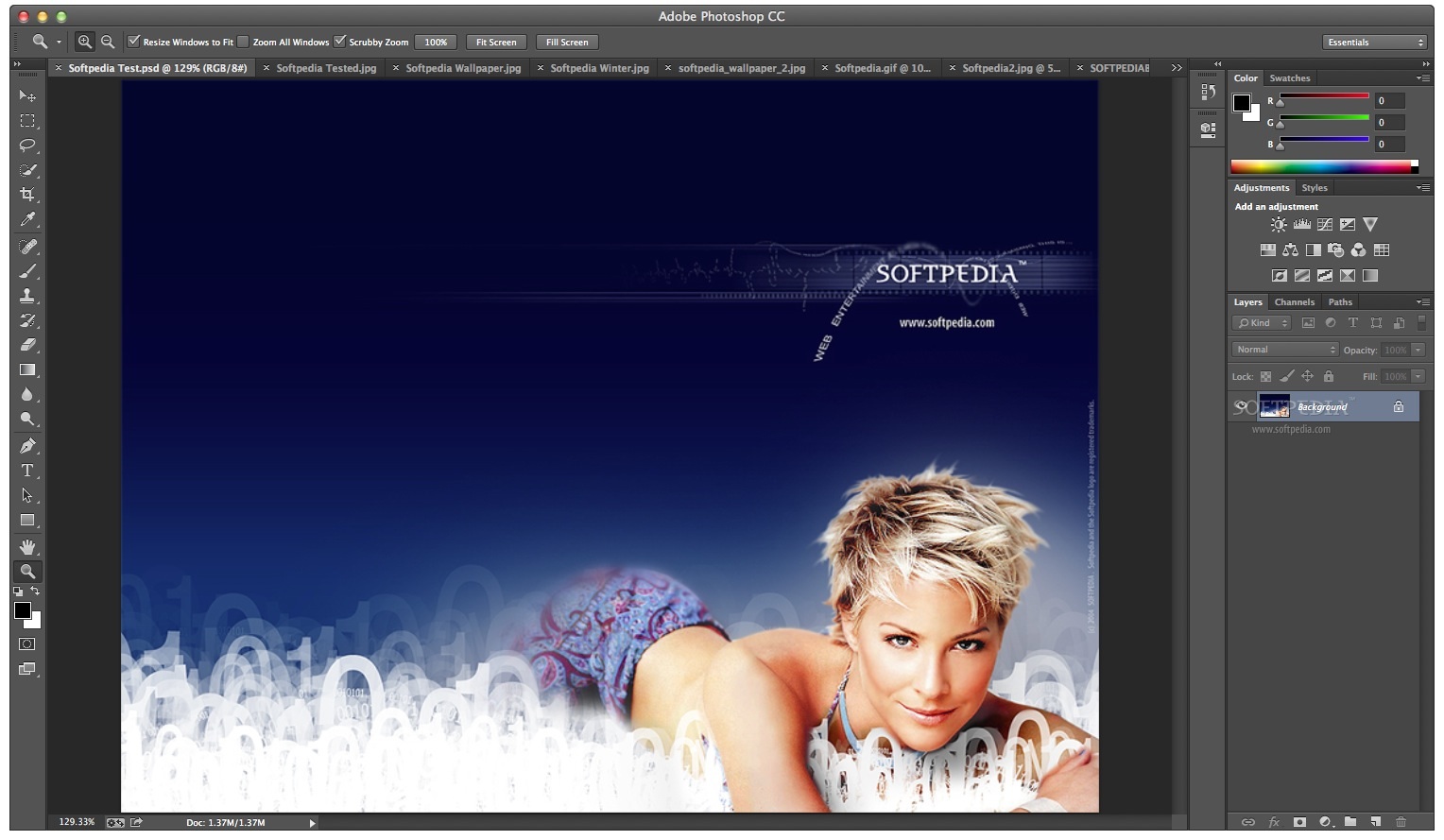
The only one that’s really important is the Dataset, the rest could be named anything as long as you know which parts of your design they correspond to. Those names are going to end up being the names of my variables in Illustrator.

In my screenshot below, you can see how the columns are named across the top row. The most important thing about setting up your Excel file is that the first column should be named “Dataset”. Now your Illustrator file should be ready, we just need to create our XML file with the actual data we’re going to use. We don’t want that to exist when we import our final XML file. Once you have this, go back to your Illustrator file and delete the variable from the Variables palette. Make sure all of your graphics are in this directory.
#ADOBE BRIDGE CS5 DOWNLOAD FOR MAC MAC#
On the Mac it starts with “file:////Volumes” and will list the entire path to your file.

Look for the first instance of “Variable1” and you should find the file path. The only thing you need from this file is the path to your image. Save this file wherever you want and then open it in a text editor such as Notepad++ on Windows, TextEdit on the Mac, or I use TextWrangler myself. This will be an XML file with the correct formatting for Illustrator. You should now see one variable show up in your Variables palette (it probably says “Variable1”), as in my screenshot below.Īt this point, click the “Capture Data Set” button to the left of the Data Sets field, then click the flyout menu on the side of the Variables palette and choose “Save Variable Library…”. Once the variable palette is open, click your linked graphic, then click the “Make Linked File Dynamic” button at the bottom of the Variables palette. To do this open up the Variables palette by going to Window > Variables from the top menu. If you have a graphic in your design, then you’ll need to get the path to the graphic for the variables to work.

Once you embed an image, it will stop working as a variable. If it’s already embedded, re-import it again and this time make sure the “Link” checkbox is checked before you click the “Place” button as shown below.Īlso, to keep this “template” file working, perform as “Save As…” and make sure the “Include Linked Files” checkbox is unchecked. If it’s linked, you’ll see the “X” through the graphic as in my screenshot. You can’t assign variables to grouped text, so be sure to ungroup everything before attempting it.įor your graphic, make sure the file is LINKED and not EMBEDDED. The only text issue you need to clear up is to make sure none of the text is grouped. It could all be gibberish, as long as you have everything placed and styled the way you want. Honestly, it doesn’t matter what text is in there right now. There’s a linked placeholder graphic for images, and the rest are all text objects. If you’re like me, you already set up one of the files you need, and then suddenly realized you have 50 more of these to do.Ĭhecking my screenshot below, I have a file set up with a number of variables. This seems like a lot to do, but you’ll burn through these steps pretty quickly once you get the hang of it. (Optional) Use Bridge or another action to add file extensions to exported files.Use export action in Batch process to export all files.Assign (Bind) variables to our placed text and graphics.Fix a few Image issues in XML file using a text editor.Convert spreadsheet cells into XML using an online converter.Set up Illustrator file with copy and graphics placement and styling.The companion video I created for this post is pretty comprehensive, but in case you’d rather read, I wrote an extensive description as well.įirst, here’s a quick list of the steps we’ll take to make this work It’s not very intuitive to set up, though, so I made up this tutorial. If you’ve ever had to use Adobe Illustrator to set up multiple variations of a single file, then using the “Variable Data” feature could save you a lot of time.
#ADOBE BRIDGE CS5 DOWNLOAD FOR MAC HOW TO#
SUPER-DUPER Update: I’ve completed a 2.5 hour course on how to use the NEW Variable Importer 8.0 script, and it’s available on ! Click to check out more info on the Adobe Illustrator Variable Data course!Īnd now back to our regularly scheduled blog post… It’s achieved using the VariableImporter script, and you can view my newer Adobe Illustrator Variable Data tutorial here! UPDATE: There’s now a much better way to use variable data with Illustrator.


 0 kommentar(er)
0 kommentar(er)
